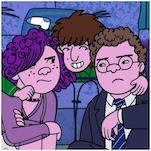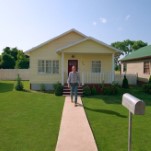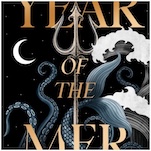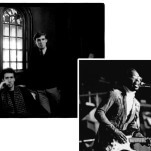6 Reasons to Visit Wyoming that Aren’t Yellowstone
Photo below by Mike Cavaroc of Free Roaming PhotographyLast year set a record for Wyoming tourism when over 10 million travelers visited the wind-scorched state in an 11 percent increase from 2013. The vast majority of these visitors came by car, which makes sense since the “Equality State” emerged from the tracks of wagon trains and railroads. Wyoming was founded on movement—migrations, winds, trade—making it perfect for the quintessential American road-tripper.
And while Yellowstone’s swarms—July alone saw nearly a million visitors—of bear-gawkers and bison-gapers steal the headlines, those who are open to the roads beyond will truly revel in its treasures. For folks looking to uncover the state’s sometimes strange, often pleasing mix of history, wilderness and culture, here are six reasons to visit Wyoming that aren’t Yellowstone.
1. Polo in the Shadow of the Big Horn Mountains
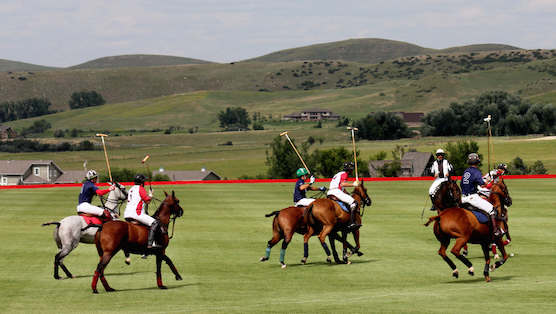
Photo: Lindsy Jeanneret of LJ Photography
In the 1880s, two brothers with roots in Scottish nobility brought polo to northern Wyoming, teaching the sport to their ranch-hands. Over 120 years later, Sheridan and its surrounding county, tucked into the foothills of the Big Horn Mountains, have become premier horse breeding and polo communities.
From June through August each year, Big Horn Polo Club and Flying H Polo Club host several weekly matches between local and international players. Attendance is free and tailgaters park beside the fields to ogle the marriage of Wild West and Old World beneath the Big Horns.
2. World-Class Wilderness or Civilization in Lander
Lander is perhaps best known among the rock-climbing enthusiasts who visit this pristine central Wyoming town en route to scaling the surrounding sandstone and limestone cliffs. But it also makes for a great basecamp for outdoor adventurers of all types. Home to the National Outdoor Leadership School, Lander provides easy access to world-class fishing, hiking and backcountry adventures in the Wind River Range. Plus, sitting in a sheltered valley, it provides some respite from the relentless wind.
For those looking for more civilized entertainment, the town itself boasts dozens of local restaurants and shops. A range of hotels line Main Street, new yurts have been constructed along the river in Sink’s Canyon, and Lander City Park allows free camping for up to two weeks.
3. History and Progression at Heart Mountain Interpretive Center
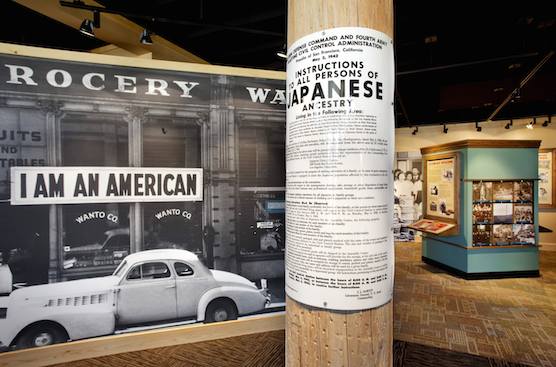
Photo: Kevin J. Miyazaki courtesy Heart Mountain Wyoming Foundation
-

-

-

-

-

-

-

-

-

-

-

-

-

-

-

-

-

-

-

-

-

-

-

-

-

-

-

-

-

-

-

-

-

-

-

-

-

-

-

-





